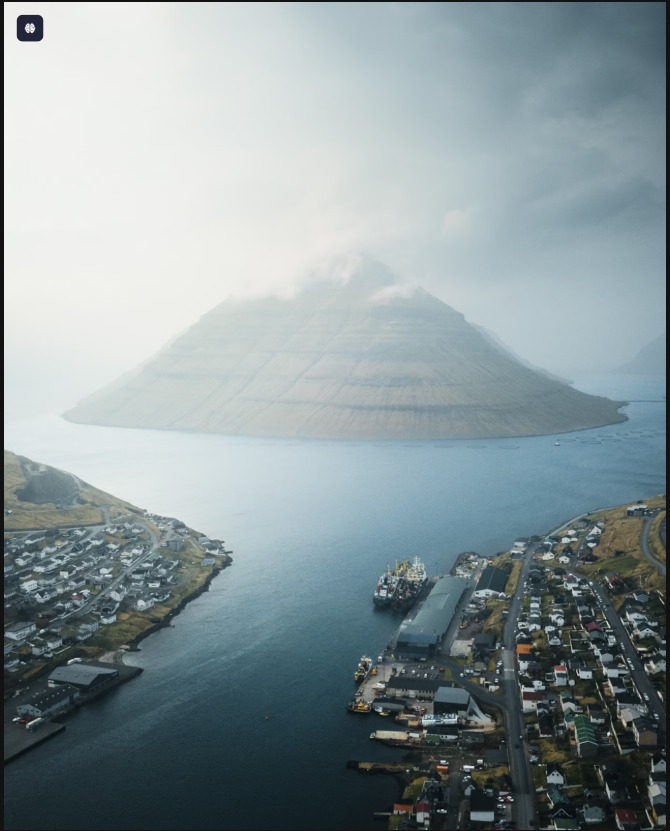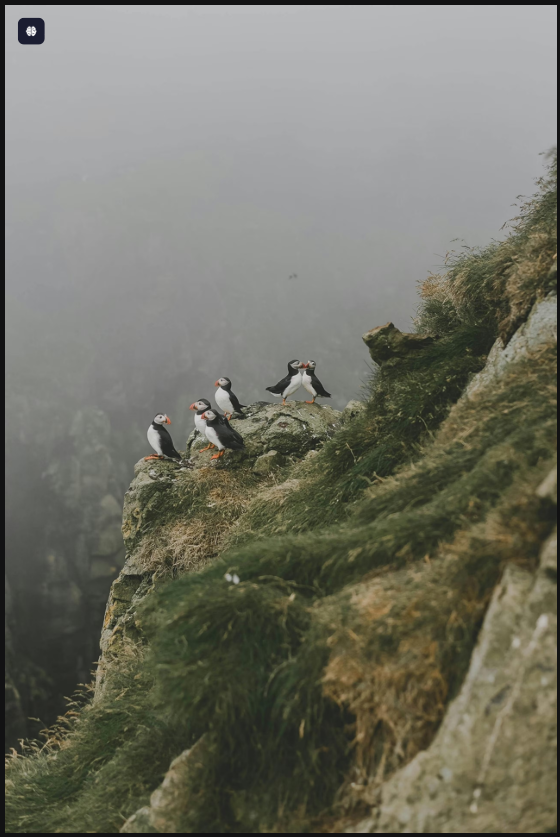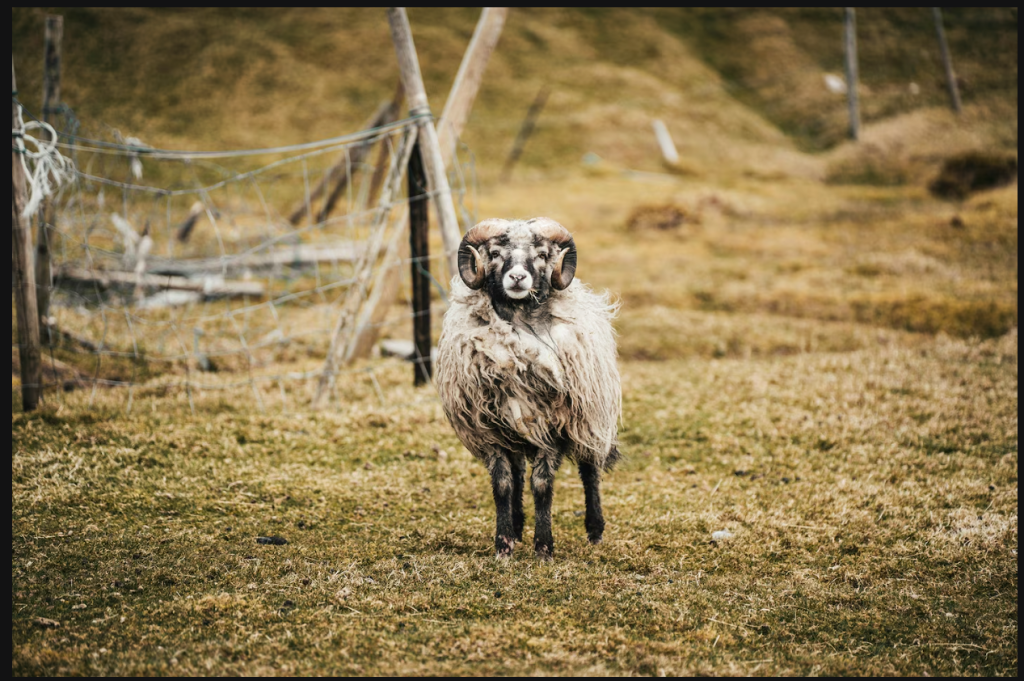A Journey to the Edge of Tradition
The road from Tórshavn winds through landscapes that seem lifted from Norse mythology. Cliffs rise sharply, valleys plunge into the sea, and mist clings to the jagged peaks. For 90 minutes, I watch the Faroes unfold — lambs scaling rugged hillsides, seabirds circling overhead, and weather shifting by the minute.
Eventually, we pass through the Norðoyatunnilin undersea tunnel and emerge into Klaksvík, the Faroes’ second-largest town. Nestled between two fjords and framed by towering green hills, it feels like the edge of the world. Yet here, overlooking the port, stands Einar’s Distillery — a place where nearly 130 years of brewing tradition now flows into spirits that tell the story of the islands themselves.


From Prohibition to Preservation
The history of alcohol in the Faroe Islands is as dramatic as its landscape. In 1907, a national referendum banned the commercial sale and production of spirits, driven by a strict temperance movement. Consumption wasn’t outlawed entirely, but locals could only import limited amounts from Denmark.
For more than a century, this shaped Faroese drinking culture. To survive, the family-run Føroya Bjór brewery — founded in 1888 — shifted focus to soft drinks under the Jolly brand (which still outsells Coca-Cola locally) and brewed a mild 2.7% pilsnar. Only in 2012, when the prohibition on strong alcohol was lifted, could the family finally fulfill its dream of distilling whisky.
Trump Threatens Charges Against George Soros Over Baseless Claims of Funding Riots
READ MORE
Meeting the Makers
At the distillery door, I am welcomed by Annika Waag, the fourth generation to work in the family business. With the direct warmth characteristic of islanders, she shakes my hand firmly before reaching for a bottle and two glasses.
“As is tradition,” she says, pouring a clear spirit, “we toast each other’s health.”
The drink is akvavitt, infused with caraway and herbs foraged from nearby hillsides. Its label bears the ram logo designed by her great-grandfather, Símun í Vági, back in 1888. To sip it here is to taste history — distilled heritage in every drop.
Brewing as Cultural Identity
Annika shares stories of her family’s resilience. Símun, the founder, wasn’t just a brewer — he was a cultural defender. He flew the Faroese flag decades before its official adoption and even funded schools to preserve the language. His son, Einar Fróvin Waag, carried the torch, introducing soda production in 1936. The distillery’s name honors him, though it was Annika’s father — also named Einar — who finally realized the dream of making spirits.
For them, brewing and distilling were never just business ventures. They were ways to safeguard Faroese identity during years when outside forces threatened to dilute it.
Whisky of the Faroes
The true star of Einar’s is its whisky. Each bottle features a bird symbol chosen to reflect character — the great skua for power, the raven for complexity. Among them, Einar’s Raven, the distillery’s first smoked whisky, stands out. Bottled at a bold 59.5% cask strength, it is powerful yet balanced, carrying flavors shaped by the Faroes’ wild climate.
The islands’ unique environment plays a key role in shaping these whiskies. High humidity, salt-heavy winds, and consistently cool temperatures create near-perfect maturation conditions, rivaling even the Scottish Highlands.
READ MORE
Challenges and Resilience
Despite this natural advantage, remoteness poses challenges. Exporting from the Faroes is costly and logistically difficult. Yet, as Annika points out, whisky enthusiasts crave authenticity. “People want stories,” she says, glancing toward the harbor. “They want something that speaks of where it was made. That’s what we have.”
Sustainability is also built into their DNA. Wooden crates in use for over 50 years still deliver bottles across the islands. Customers return empties for reuse — a habit born of necessity that now feels like foresight.

The Spirit of Heritage
Walking through the distillery, I realize that the essence of Einar’s is not just in its akvavitt, beer, or whisky. It lies in the philosophy behind them — a blend of determination, tradition, and deep respect for place.
Annika sums it up best:
“This is the way we’ve always done things. It’s more than habit. It’s heritage. It’s who we are.”
And in every glass, that heritage — shaped by sea, stone, and stubborn resilience — continues to flow.









